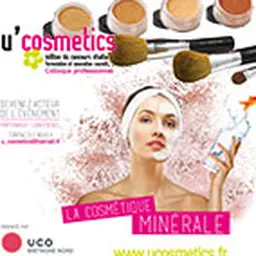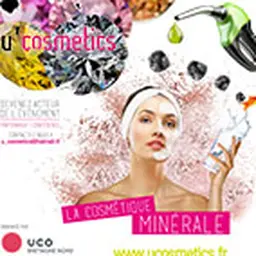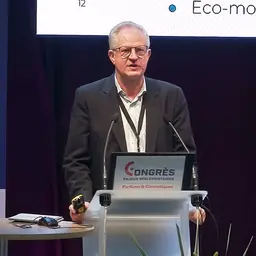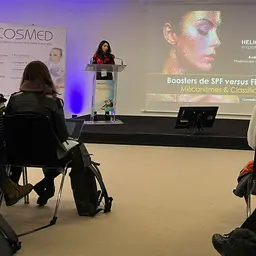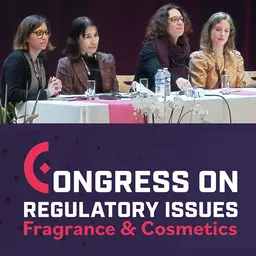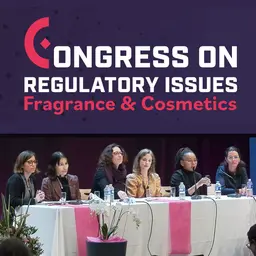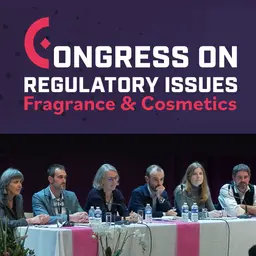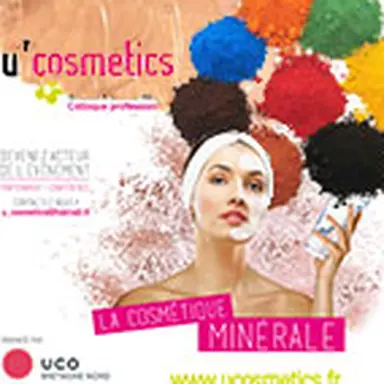
At the 8th edition of the U’Cosmetics colloquium dedicated to mineral cosmetics, several speakers presented the specificities of mineral ingredients. Tifenn Boutard, of subcontractor ABC Texture, focused on makeup pigments and powders.
If these ingredients have become particularly important, it is because mineral makeup has got trendy, due to the wave of naturalness. In her introduction, Tifenn Boutard mentioned several brands which developed following this concept, with two main product categories:
• ‘100% mineral’ products, usually in the form of loose powder containing powders and pigments
• ‘Mineral’ products, in the form of emulsions or compact containing natural ingredients alongside powders and pigments
Mineral powders
There are mainly three types of powders in makeup:
• Mineral powders: talc, kaolin, natural mica, sericite…
• Plant-derived powders: starch, wax…
• Synthetic powders: nylon (polyamide), polyethylene and PTFE, elastomers (polyisobutene, polyurethane), polymethyl methacrylate (PMMA), silica, boron nitride…
Origins
Mineral powders are substances derived from quarry materials, complex aluminosilicates whose chemical structure is relatively stable, but which exhibit different organoleptic properties in terms of size, shape, colour, or presence of impurities and contaminants. In addition, they offer various cosmetics properties as regards coverage, colour, shininess, or absorption.
Tifenn Boutard only focused on the most widely used:
• Talc, well-known for its use in hygiene products and baby powders, acts as a coverage agent with a gentle skin feel in makeup
• Natural mica, aluminium and potassium …

